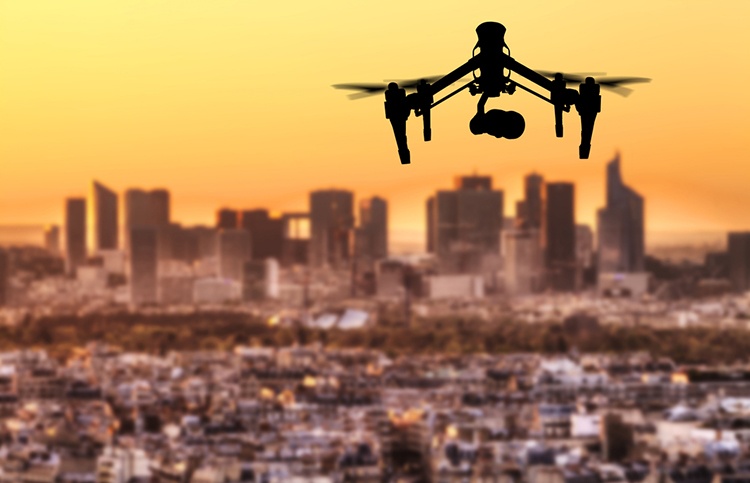
Construction professionals work in an industry at the forefront of technological innovation. Whether it be hard hats that monitor the health and hydration of the wearer, or automated drones that can conduct full site inspections, technology is changing the way we get the job done.
Below we dive into 6 construction technologies that are reshaping the industry in 2017.
1. 3D Printing
3D printing technology has touched just about every industry, and construction is no different. The possibilities that 3D printing presents to building and construction are as endless as the imagination, especially as the technology becomes more sophisticated.
3D printed structures can be completed staggeringly quickly, sustainably and cheaply. One Chinese company, WinSun, even completed 10 houses in 24 hours – and that was in 2014. More recent 3D printed houses in China cost as little as $5000 to complete.
Since then, 3D printing technology has gone from strength to strength, with metal-based structures becoming increasingly easy to complete. Metal 3D printing works in the same way as traditional 3D printing methods, with fibre lasers ‘drawing’ structures layer by layer.
The sustainability of 3D printing is one of its biggest draw-cards, and reflects a strong movement towards environmentally friendly practices in the industry. We see this firsthand with the rising popularity of ISO 14001, the international standard for environmental management.
2. Drones
As with 3D printing technology, we’ve seen drones used for all manner of things in recent years. Drones, or miniature unmanned aircraft with affixed cameras, are controlled remotely. You may have seen sweeping bird’s-eye-view photography, or remote-controlled pizza deliveries, but drones are also being used to conduct site inspections in the construction industry.
Using drones for construction site inspections has four main benefits, according to Jason Hook of construction technology company Buildsoft. He says site inspections are often a high-risk exercise, so conducting them remotely via a drone is safer, more efficient, less labour intensive and provides better data through live streaming.
3. Wearable Technology
Sweat-reading wristbands, hardhats that monitor fatigue, GPS safety vests and smart glasses that display real-time instructions as you work – the world of wearable technology offers so much to the construction industry.
Wearable technology, or simply electronic devices worn at the body, aim to improve worker safety and drive productivity. In an industry that accounts for almost one third of worker deaths in Australia, minimising risk is a top priority for construction businesses.
One of the most well-known examples of wearable construction tech is the DAQRI smart hardhat, which has a virtual visor that displays instructions as you work.
4. Rise of the Robots
A Construction Skills Queensland report, ‘Farsight for Construction’, predicts that up to 75% of physical construction tasks will be completed by robots by the year 2036.
Robot automation is already revolutionising tasks like bricklaying, with innovations like the Hadrian X robot which handles the “automatic loading, cutting, routing and placement of all bricks.”
5. Sustainable Construction
As we mentioned above, the sustainable construction movement has only gained strength over the past decade. Eco-friendly innovations like smart plumbing systems to dramatically reduce water usage and minimise waste, and recycled materials are commonplace today, and will expand in 2017.
In fact, one survey of plumbing retailers found that over 90% already sold eco-friendly products in their ranges.
We can expect that the international standard for environmental management systems, ISO 14001, will become increasingly important to all kinds of construction businesses in 2017.
6. Virtual Reality
The virtual and augmented reality movement has been given fresh life with the increasing popularity of wearable technology devices. Headsets like the Oculus Rift and Samsung VR systems allow users to enter a virtual world with computer generated landscapes. The application of this technology is diverse for all type of construction industry professionals. Architects, for example, can demonstrate their designs in a virtual world.
To discuss safeguarding your business with compliance certification in 2017, get in touch with us today.



.jpg)
